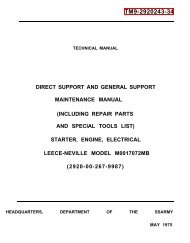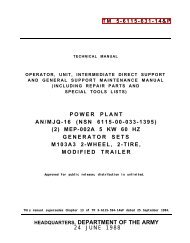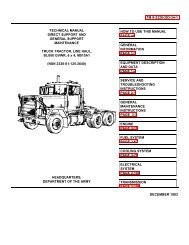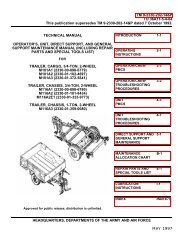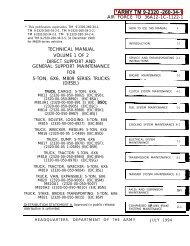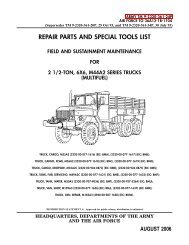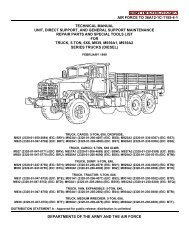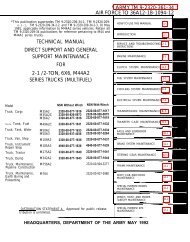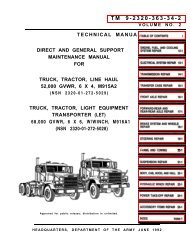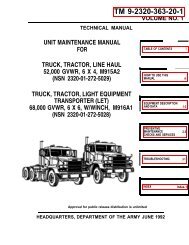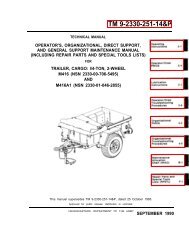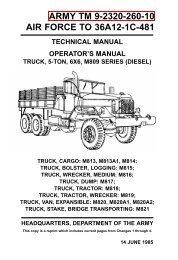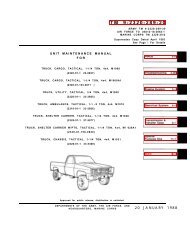DIESEL FUEL LUBRICITY ADDITIVES STUDY RESULTS
DIESEL FUEL LUBRICITY ADDITIVES STUDY RESULTS
DIESEL FUEL LUBRICITY ADDITIVES STUDY RESULTS
You also want an ePaper? Increase the reach of your titles
YUMPU automatically turns print PDFs into web optimized ePapers that Google loves.
METHOD:<br />
An independent research firm was hired to do the laboratory work. The cost<br />
of the research was paid for voluntarily by the participating additive<br />
manufacturers. Declining to participate and pay for the research were the<br />
following companies: Amsoil and Power Service. Because these are popular<br />
products it was determined that they needed to be included in the study.<br />
These products were tested using funds collected by diesel enthusiasts at<br />
“dieselplace.com”. Additionally, unconventional additives such as 2-cycle oil<br />
and used motor oil were tested for their abilities to aid in diesel fuel lubricity.<br />
These were also paid for by members of “dieselplace.com”.<br />
The study was conducted in the following manner:<br />
-The independent research firm obtained a quantity of “untreated” ULSD fuel<br />
from a supplier. This fuel was basic ULSD fuel intended for use in diesel<br />
engines. However, this sample was acquired PRIOR to any attempt to<br />
additize the fuel for the purpose of replacing lost lubricity. In other words, it<br />
was a “worst case scenario, very dry diesel fuel” that would likely cause<br />
damage to any fuel delivery system. The fuel was tested using the HFRR<br />
testing facility at the Laboratory. This fuel was determined to have a<br />
very high HFRR score of 636 microns, typical of an untreated ULSD<br />
fuel. It was determined that this batch of fuel would be utilized as the<br />
baseline fuel for testing all of the additives. The baseline fuel HFRR score of<br />
636 would be used as the control sample. All additives tested would be<br />
evaluated on their ability to replace lost lubricity to the fuel by comparing<br />
their scores to the control sample. Any score under 636 shows improvement<br />
to the fuels ability to lubricate the fuel delivery system of a diesel engine.<br />
BLIND <strong>STUDY</strong>:<br />
In order to ensure a completely unbiased approach to the study, the<br />
following steps were taken:<br />
Each additive tested was obtained independently via internet or over the<br />
counter purchases. The only exceptions were Opti-Lube XPD and the biodiesel<br />
sample. The reason for this is because Opti-Lube XPD additive was<br />
considered “experimental” at the time of test enrollment and was not yet on<br />
the market. It was sent directly from Opti-Lube company. The bio-diesel<br />
sample was sponsored by Renewable Energy Group. One of their suppliers,<br />
E.H. Wolf and Sons in Slinger, Wisconsin supplied us with a sample of 100%<br />
Copyright © The Diesel Place & A. D. Spicer - 3 -<br />
August, 2007



